Lilith climbs the stairway that winds up the sandstone pillar of Externsteine to the place of sacrifice. She is unsteady in fawn suede Beatle boots, and shivers in a silver frost dress worn beneath a hooded black cloak lined in scarlet.
The dramatic pillar is joined to its twin by a vaulting wooden bridge, installed by SS Reichsführer Heinrich Himmler. Here the Hitler Youth were inducted into their racialised history, in a torchlit paganism of the Nazi imagination. She drifts over the arch, stepping as the Moon steps, to greet her brother and lover the Sun with raised arms.
Before her is a remarkable aspe, hewn out of the stone and with a carefully cut circular aperture to produce the dependable miracle. The solar disc rises in the east. Deep in heroin’s thrall, Lilith cannot withstand the winter solstice Sun, and when it strikes the altar, she falls.
Her anorexic body, dope sick, love sick, subsides as a column of ash. Anger is there to scoop up the remains of the wraith, a twenty-five year old Marianne Faithful he found amongst the meths drinkers and royally disordered Rolling Stones. The blown rose is gathered off to hospital in case of concussion.
It is not the first crisis of the film, but the last act in a delirium. The miscarriage at seven months of her child with Jagger had made her casting as Lilith a raw wound. Whilst in London she cut her wrists, and it was Anger who bandaged them up with the silk scarf she holds up in Lucifer Rising as she mouths the word ‘memories.’ Travelling to Cairo she smuggled heroin in her compact, endangering the whole crew, but Germany was when her body finally broke under the psychic and physical strain.
Marianne has little good to say about Anger, extracting from her haze of memory only the negative stories. She thought he would be happy if she had died on the Externsteine. In her biography she writes,
Inept as Kenneth was, I knew he was dangerous in a way. I knew that simply being in the film I was involving myself in a magic act far more potent than Kenneth’s hocus-pocus Satanism.
An example of Anger’s dangerous cinemagick is when she crawls through the djinn ghosted graves in Cairo. Her brother Chris O’Dell films, but in the edit Anger flashes up a single frame of a green poppy capsule, fat with sap. The implication is clear, but thankfully does not come to pass.1
Whilst the imperious Cameron ruled Inauguration of the Pleasure Dome, Marianne haunts Lucifer Rising. As Lilith she is the spirit of heroin, a spectre destroyed by the transcendent psychedelic light. After her fall, Marianne became a homeless junkie, and Anger struggled on with the burden of shooting and editing his love-vision until Halloween 1980. The new age of light languished through a decade of delays and arrived as a time capsule, not the vaunted herald of dawn.
Anger had crashed into the London scene in December 67, on the very day Their Satanic Majesties Request was released, the Stones trying to follow the psychedelic mood. A wandering star-maker, dispossessed from the West Coast, Anger remained fêted on the international circuit alongside Warhol.2 John Paul Getty Jr bankrolled Anger for the move, at a time when it was fashionable to be a patron of the underground arts. San Francisco had fallen to methamphetamine but London was still swinging and on the upward trajectory of acid and creativity. Robert ‘Groovy Bob’ Fraser screened arthouse movies at his swank Mayfair gallery and Anger ingratiated himself with a set of beautiful bohemians who were new to his Magus routine. The puckish Anger burst the silver balloons at John and Yoko’s show with a sparkler, met with the Stones and tripped to Pink Floyd at the nearby UFO Club on Tottenham Court Road. His Lucifer would be reborn in London, but, as ever, he needed more cash.
In April 68 he snagged a gig filming Tantra in India with Nik Douglas. Anger suggests the ill-tempered film should instead have been called Tantrum. Tantra is absent from Anger’s filmography, but the mix of tight shots with the hieratic gestures of sky-framed sadhus intimate what he will do with Lucifer Rising. When thunder and lightning storms killed fifty at Khumb Mela he finally had enough and told Nik, ‘I can’t take this, I’m leaving. I’m taking a camera and going off to Egypt.’
But Anger instead returned to London and a scene of princelings, models and vagabonds in search of a western path of liberation whose destructive twin stalked them all. The magic of Egypt could wait.
Anger needed a replacement Lucifer, with Bobby Beausoleil long gone. He considered Brian Jones, whose troubadour looks made him the most popular of the Stones. His supernumerary witch’s nipple was a further enticement for Anger, but everything was on the slide for Brian. The brilliant Anita Pallenberg – witch and great-granddaughter of the Symbolist artist Arnold Böcklin – had left Brian for Keith Richards. The acid she, and others, served up had tipped Brian’s fragile mental balance into vindictive and violent behaviour. The affair with Keith was an inevitability. In July 1968 an unravelling Brian travelled to Jajouka with Brion Gysin to record the Master Musicians music for Pan, the last time the young goat would dance on the mountain.
Anger simultaneously considered the ascendant Jagger for the Lucifer role. He had a significant crush on the young man with the sensuous mouth who, seeing his band lost for direction, was trying his hand at acting.
In September 1968 Nicholas Roeg and Donald Cammell3 shot Performance, the defining film of the period. Performance remains a heavy film, pregnant with violence, as it charts the decay of a bohemian rockstar. The sex is what most remember, with Anita Pallenberg and Mick Jagger entwined in heroin’s warm embrace, both on and off camera. Absent from the film are Keith Richards, who was Anita’s lover at the time, and Marianne, who was with Mick. It was a cross-matching, and the erotic tensions should have destroyed the Stones. Yet the chaotic libidinal forces drove a distraught Keith to write Gimme Shelter, a stand-out song in arguably the most powerful creative period in musical history.
Sympathy for the Devil was written some months later on the night of December 6 1968, inspired by a copy of Bulgakov’s The Master and Margarita, given to Jagger by Marianne Faithful. Anger claims to have given Marianne the book in the first place. Regardless, the lyrics inevitably drew on Jagger’s conversations with the Magus who knew all about Lucifer. Anita and Marianne sang backing. ‘It was a meeting of minds,’ Anger said, ‘They were typical of a lot of musicians. They wanted to climb on the wavelength.’ For the next year or so Anger lived amongst them, as they took acid, tricked out as the young gods and goddesses of the New Age; which they certainly were.
Anger frames a white-clad4 Jagger engaged in a ritual in Hyde Park. Diesel fumes, dust and pollen thicken the air. Anger surfs above the crush of bodies, resolutely clutching his camera. Quietening the crowd, Jagger stumbles through two stanzas from Shelley’s Adonais, his paean to Keats. Heat and hayfever have taken their toll on the frontman before the gig even begins. As the 16mm camera whirs, his subject releases white butterflies into the crowd, though many have died in the heat. The elegy is performed on July 3, two days after the death of Brian Jones. No-one says murder. The mixed emotions of loss and guilt wash through the band and their inner court. But something is off about the whole thing, it feels haunted. Sympathy closes out the night, with new guitarist Mick Taylor getting into his groove.
Peace, peace! he is not dead, he doth not sleep—
He hath awakened from the dream of life—
’Tis we, who lost in stormy visions, keep
With phantoms an unprofitable strife,
And in mad trance, strike with our spirit’s knife
Invulnerable nothings.—We decay
Like corpses in a charnel; fear and grief
Convulse us and consume us day by day,
And cold hopes swarm like worms within our living clay.
The One remains, the many change and pass;
Heaven’s light forever shines, Earth’s shadows fly;
Life, like a dome of many-colour’d glass,
Stains the white radiance of Eternity,
Until Death tramples it to fragments.—Die,
If thou wouldst be with that which thou dost seek!
Follow where all is fled!It is the only time Anger will have Jagger on film, and it is not wasted, he puts it to work in a spell. Frames are cut into Invocation of My Demon Brother which Jagger hurriedly scores on his new Moog synthesiser. He produces a relentless hypnotic loop that matches the bad vibes of the whole project. Anger is delighted. With a celebrity name attached, he is able to get the ill-starred film out, and sweeps back into San Francisco for the premiere at the Straight Theatre on August 21, the scene of his disastrous Equinox of the Gods show. LaVey, who starred in the film, made his appearance and they end up back at the Black House, mixing zombies into the early hours. Beausoleil could not show; he was arrested a fortnight earlier, asleep in a stolen car belonging to Gary Hinman, the bloody murder weapon languishing in its tyre well. The Tate-LaBianca slayings were still dominating the press, but the police had not yet made the Beausoleil connection, despite the messages written in blood at all the murder scenes. Everyone thought death was abroad and crawling the canyons of LA, but Manson and his snakes were hiding out in Death Valley where Anger’s lost film cans were allegedly buried and spoiling in the heat. Speculation was rife, Samson De Brier told Esquire,
You’ve got to understand the difference between true witches and people who take drugs. For instance, the murder. No serious witch could have done such a thing as that.
But that was not the vibe on the street, even Polanski suspected an occult connection. It would turn out that Susan Atkins, one of the Manson girls, had indeed been part of LaVey’s Topless Witch Revue, rising from a coffin on stage to sate herself on blood. Anger was certainly on the scene when Atkins was having her Satanic dalliance, but it is unclear if they ever met. Whether Atkins was a serious witch is debatable, but the girls had certainly been tasked by Manson in the killings to ‘make it witchy.’ Atkins had also been present at the Hinman killing with Beausoleil, and it was her blabbing to a stool pigeon that eventually lead the police to Manson.
With Jagger away filming Ned Kelly from July to September, and the Stones back in demand and touring, Anger saw less of them. On December 5 1969 they fatefully played Altamont Speedway where Meredith Hunter was killed by a Hell’s Angel, apocryphally, during Sympathy. Life called it ‘The End of Something.’ The love-vision of the sixties was gone for good, swept away by a tide of violence, barbiturates and alcohol; the narrative given weight by the next issue where Manson hypnotically stared out of the cover. Manson was anointed as the final form of the LSD guru, with a mind-controlled harem of child killers. It was not a CHAOS or Cointelpro operation – although they were running at the same time – the seeds of destruction were inherent in the demographic and chemically fuelled youth explosion. They did it to themselves.
Going against the current, Anger began afresh on Lucifer Rising, publishing Crowley’s Hymn to Lucifer with the Dove’s Press as his statement of intent. It was one of the sources he had read over and over to a young Bobby Beausoleil.
It soon became clear that the singer of Sympathy for the Devil was no longer open to playing the titular character. Both Mick and Keith now remember that they were lukewarm about Anger, but that doesn’t quite match the record. Keith at one point had been proposed for the redacted role of Beelzebub, and Anger was, for one druggy moment, meant to officiate at his and Anita’s pagan wedding. Certainly Anita and Marianne were always more interested in witchcraft than the boys, but Mick was not immune to the lure of the occult, that is, until Anger (inevitably) pushed it too far. In early 1970 he threw a brick through the window of Jagger and Marianne’s flat, with a copy of a William Blake book attached to it. Jagger finally had enough and promptly burned all his occult books in the open fire grate.
When Bob Fraser left for India to seek Tantric initiation as an antidote to his heroin addiction, Anger got the run of his Mayfair apartment at 120 Mount Street. This was despite him previously sending Bob a razor blade with a note bearing the legend, ‘the final solution to your stuttering.’ Here Anger would shoot Lucifer scenes over the next two years in a tumult of props, newspaper cuttings, candles, statuary, paint and incense. He put up the homeless Marianne Faithful whose triste with Jagger had ended in disaster that May. Their relationship had been on the slide since July the year before, with her overdose on 150 Tuinals in Australia, and the subsequent six day coma where she met Brian Jones in the bardo – complete with Buddhist lightning bolts tattooed on his palms.5
As with all Anger projects, the cast ebbed and flowed. There was a Guardian Angel, High Priestess, children, and a Black Babalon (Consuelo) who didn’t make the final cut. Though a red haired woman in a garden, who represents Babalon, is seen on screen for a handful of frames, the focus is on the dyad of Lucifer and Lilith; Sun and Moon; acid and heroin.6
Anger found his new Lucifer in Piccadilly, where dilly boys hung off the ‘meat rack,’ the railings that caged the naked aluminium Eros. Mythologising, Anger described first seeing Middlesborough steel worker Leslie Huggins surrounded by glowing furnaces, but it was the illuminated Coca-Cola, Sanyo signs and watch advertisements that lent their encounter an infernal glamour. The two became acquainted in the tube station toilets where the whine and rattle of trains punctuated their shunting.
In California his previous Lucifer, Bobby Beausoleil paces like a tiger on Death Row. He awaits his summons to the airless chamber where hydrogen cyanide will suffocate the oxygen from his blood. He must have dwelt on the fact that his victim (and once friend) though viciously stabbed, was finally suffocated with a pillow by Susan Atkins and Mary Brunner while he watched. Reflecting on it in a confessional poem he writes, like a feral Rimbaud of how ‘at the age of twenty-one, I joined that ignoble fraternity.’
Anger makes a mess of the project once more. There is no shot list, no script, and the ever-morphing cast and crew are subject to the vagaries of his mood, drug use and cash flow. A bewildering number of cuts and versions are trailed out to keep the backers happy. He claims to be making a cinematic epic with a Thelemically correct 93 minute runtime. His big movie.
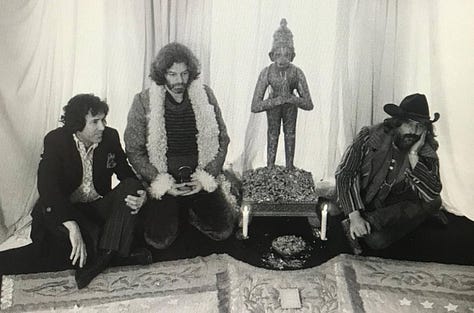

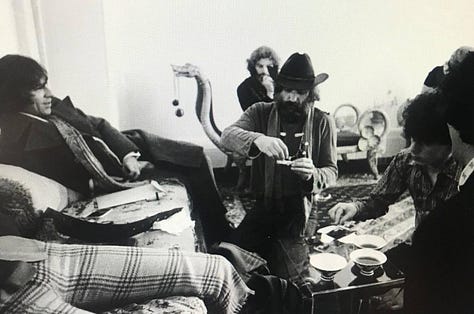
It seems to have been a rolling drugs party in Groovy Bob’s flat, with people passing constantly through the frame. Cammell, Hopper, Jodorowsky and Anger are memorably photographed together here, the wild spirits of underground cinema. When the shoot ends, Hopper rolls a reefer, while the boys sprawl on sofas and a dragon-headed divan. They each have visions for the future, the world seemingly at their feet. Jodorowsky has completed El Topo and is starting work on Holy Mountain. Hopper, a one time co-star with Cameron, has parlayed the success of Easy Rider into directing the disastrous The Last Movie. Cammell is trying to follow up Performance and shoots The Argument (never released) with Miriam Gibril with whom he stars in Lucifer Rising. It is a truly Luciferian moment, as these artists attempt to integrate the enormity of psychedelic experience into cinema. As Anger insisted, ‘Lucifer is the patron saint of the visual arts. Color, form, all these are the work of Lucifer.’
The cast are ushered by Anger through a pilgrimage, from London to Avebury, Stonehenge, Giza, Luxor and Externsteine. Impossibly, Anger shoots a film of truly epic scope. The majority is in the can by the end of 1972. That same year Beausoleil has his sentence commuted to life, with the abolition of the death penalty in the State of California.
The music is another matter. Twelve minute cuts of Lucifer Rising had been shown using Pink Floyd’s Atom Heart Mother as a placeholder. Anger clearly dug that. From 1972–1976 Jimmy Page was engaged on the project, but became waylaid by his own drug use issues.7 Inevitably, as in all Kenneth Anger stories, they fell out acrimoniously. Page’s version of the soundtrack was completed and majestic, but rejected by the Magus, purportedly for being too short. He rants,
What am I supposed to do, play it twice? I need 40 minutes! I need a climax! Like, [the film] is the end and the beginning of the world – you’ve gotta give me that big music!
Page does appear in a panning shot in the final cut of the film, looking rapt at a picture of the Master Therion in a beautifully stocked library with a complete set of The Equinox. But Anger pettily cuts in an image of antique bestiality to imply that the musician is no better than a goat-fucker.
The whole Lucifer project has dragged on for a decade and remains without a score.
Even in hell, Bobby Beausoleil, now written over with a prison script of tattoos, somehow hears the news of Page’s exit. Convincing Anger by letter, and over the grey prison phone, he insists he can make the music inside a high security jail with a band of murderers. Anger accepts his pledge to ‘deliver a compelling soundtrack for the film come hell or high water.’ The pact is renewed. His Lucifer has magically returned, and builds a new band, the Freedom Orchestra. As Bobby says, ‘Though bodily imprisoned, we would be free in spirit.’ Watching a black and white cut of 21 minutes twice through, he goes about scavenging the instruments, building synths, effects, electronics and a mixing desk under the eyes of the wardens. Time takes on a different meaning for the lifer, and Beausoleil labours at his task for the next four years.
Beausoleil reflects in May 2009,
My interpretation of the Lucifer Rising theme posits a new chapter to ‘Paradise Lost’. Imagining myself in Lucifer’s place where Milton ended his story–not much of a stretch given that I had, so to speak, fallen from grace in my own life–and extrapolating from there, I composed a series of movements to emotively tell a story in which the Fallen One yearns for reconciliation with the Beloved, without whose near presence existence is the worst kind of Hell, and seeks redemption through reflection, self-discovery, and self-realization. For one such as he, self-determined to a fault, finding a path out of the darkest place imaginable would mean rekindling one's own inner torch and using its light to find the way home. It is for this reason that at various times in my life I have found resonance in the Luciferian archetype: A bringer of light is never truly abandoned in darkness.
This is the same Lucifer that he and Kenneth dreamed together back in the other world of the Summer of Love. It all seems fated. The film is a time capsule, released on video cassette by Mystic Fire in 1980, soon after Beausoleil provides him with the completed soundtrack. As Anger says,
It is a film about the love generation, – the birthday party of the Aquarian Age showing actual ceremonies to make Lucifer rise. Lucifer is the light god, not the devil – the Rebel Angel behind what is happening in the world today. His message is that the key of life is disobedience. Isis (Nature) wakes up. Osiris (Death) answers. Lilith (Destroyer) climbs to the place of Sacrifice. The Magus activates the circle and Lucifer – bringer of light – breaks through.’
It is a Blakean and Hermetic vision, and though he slightly misquotes the final line of Crowley’s Hymn to Lucifer here, it gives a clear sense of what for many is a confusing story arc. Here is the secret, simple and in plain sight, as Anger understands it, and as far as he is able to capture it on film. What his summary elides is the Luciferian apotheosis, the appearance of amber UFOs over Egypt.8 We know the ships reference Lucifer himself because earlier in the film he is given a UFO birthday cake, with Mark VI piped onto it in icing – a nod to the number of the Beast. The bomb in the cake then explodes. Anger, like Cameron knows that the UFO and the bomb are profoundly connected to the 93 current, as was the revelation of light that cascaded out of California and lit up the bohemians of London. We all live in that new world, dreamed into being by the magical artists of the counterculture.
What Anger had called ‘My film of the future’ and ‘a love vision’ was not so much out of date, as outside of time, an immortal jewel. Anger will not complete another significant project in his lifetime. But Beausoleil is the element that makes the film sublime, outshining the music of the greatest bands of the sixties. Anger allows Beausoleil to seek his redemption, and even in our benighted times their art and example preserves that vision. It is for us to remember, as Beausoleil does, that a bringer of light is never truly abandoned in darkness.
Marianne departed from us in January 2025 after a remarkable life and creative career.
It was not his first trip to London, in a visit in February 1966 he had his ‘best ever’ UFO sighting over Hayes and Harlington, of what he calls a ‘lode-craft’.
Cammell and Anger bonded over their love of films and Crowley. Donald recalled how Crowley, a friend of his Father, had bounced him on his knee as a child, prompting Anger to jump straight onto his lap! A suicidally depressed Cammell is cast as Osiris in Lucifer Rising with his partner, the beautiful Miriam Gibril playing Isis. Cammell ultimately ends his life by his own hand in 1996, in part due to being ground down by the demands of the commercial film industry.
To be precise, a bishop-sleeved tunic, cut by Mr Fish who lead the peacock revolution of gender-bending dandyism and would go on to dress David Bowie et al.
Her comment on exiting the coma was, ‘wild horses couldn’t drag me away,’ provoking another great Stones song, Wild Horses.
Notably Lilith and Lucifer replace Perdurabo and Laylah in his magic circle.
Paradoxically, it is Crowley that often leads people to heroin, even whilst his novels argue that Thelema will cure addiction. The open invitation to freedom destroys those not prepared to walk through their own valley of shadow.
Spielberg’s 1977 Close Encounters of the Third Kind is inspired by the ending of Lucifer Rising, at least according to Anger, who watched the film six times, just to be sure.


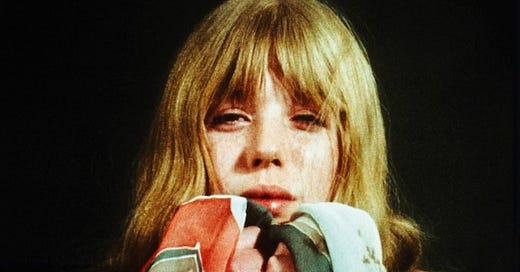



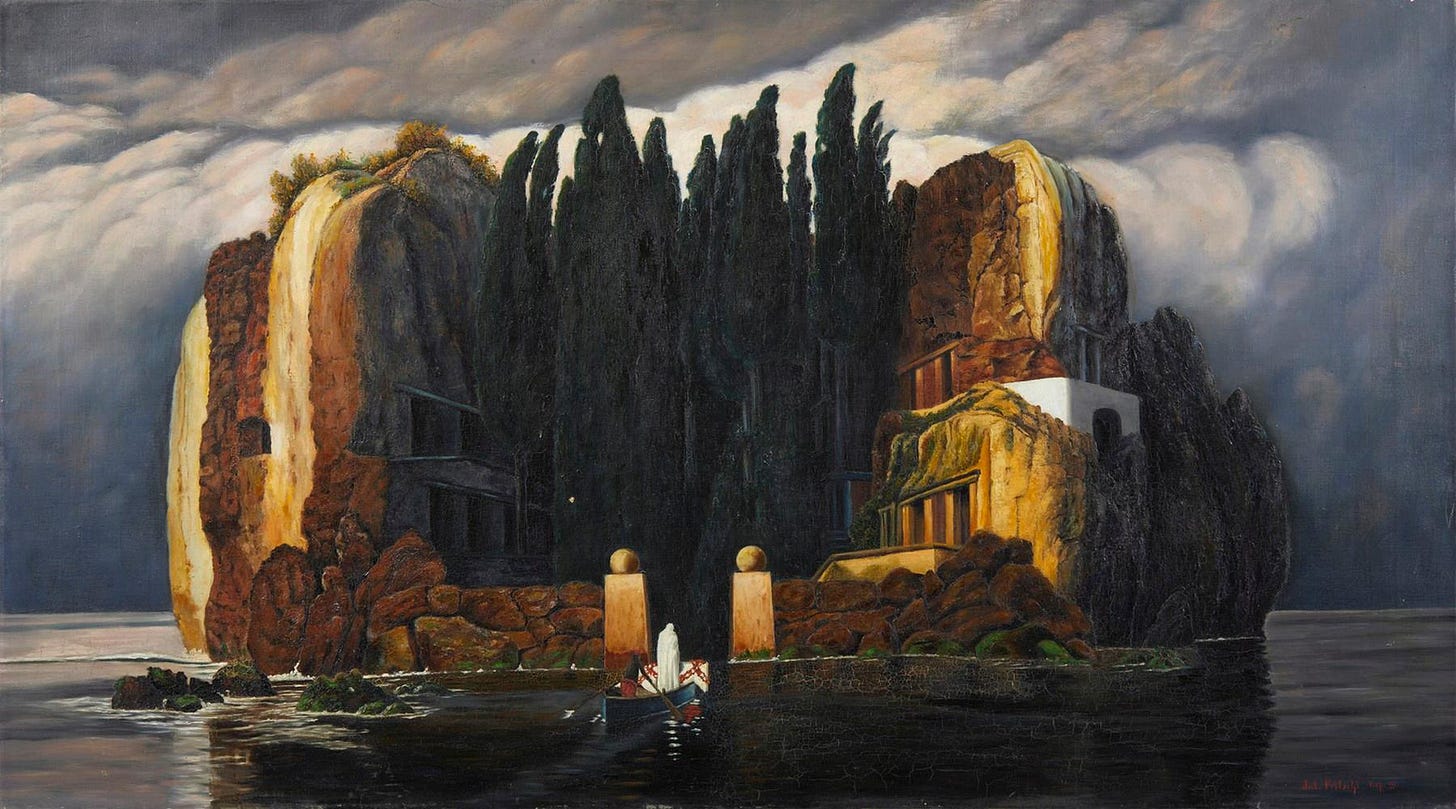

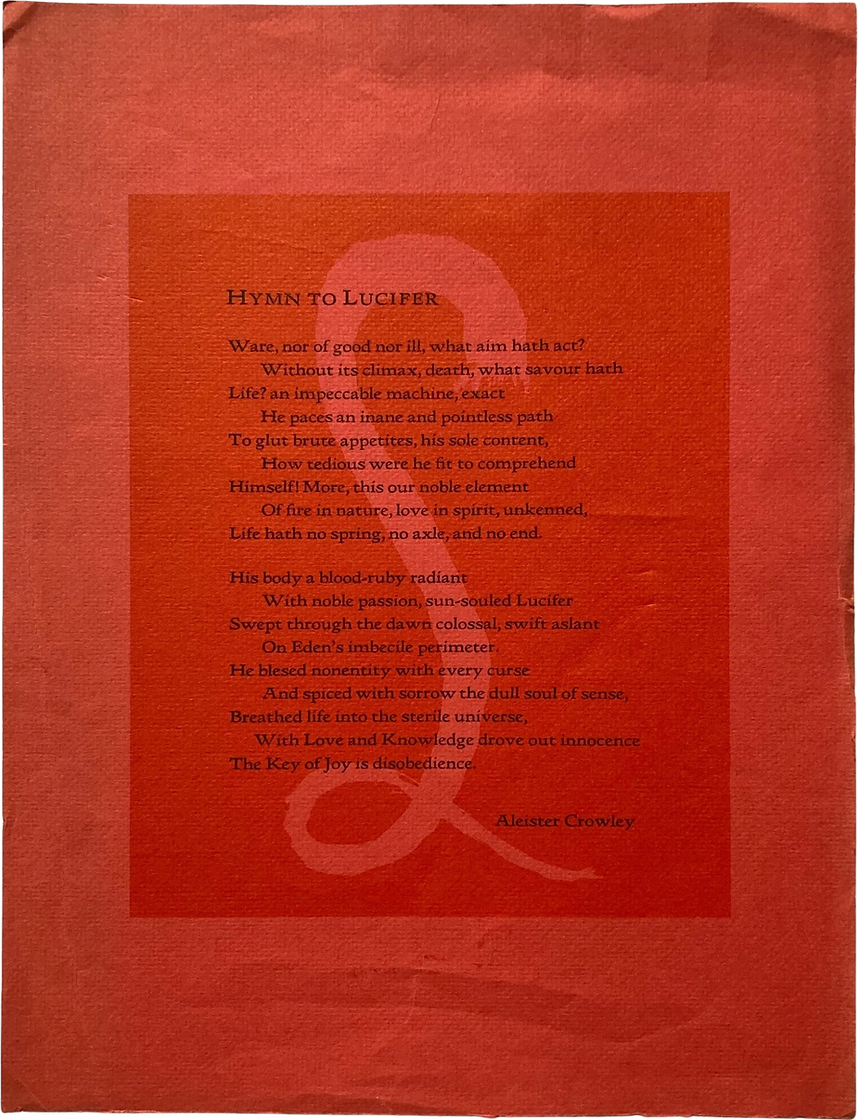
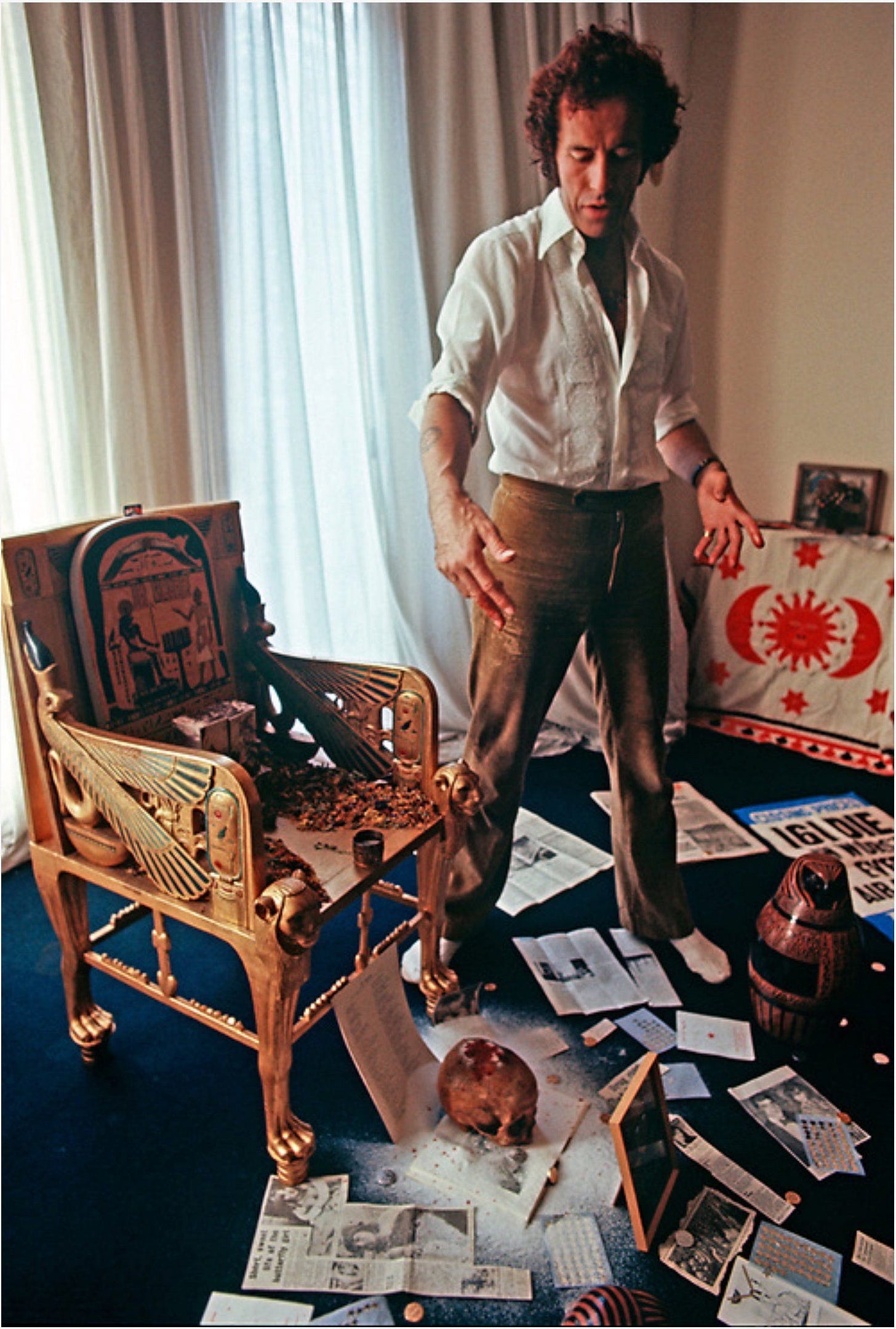

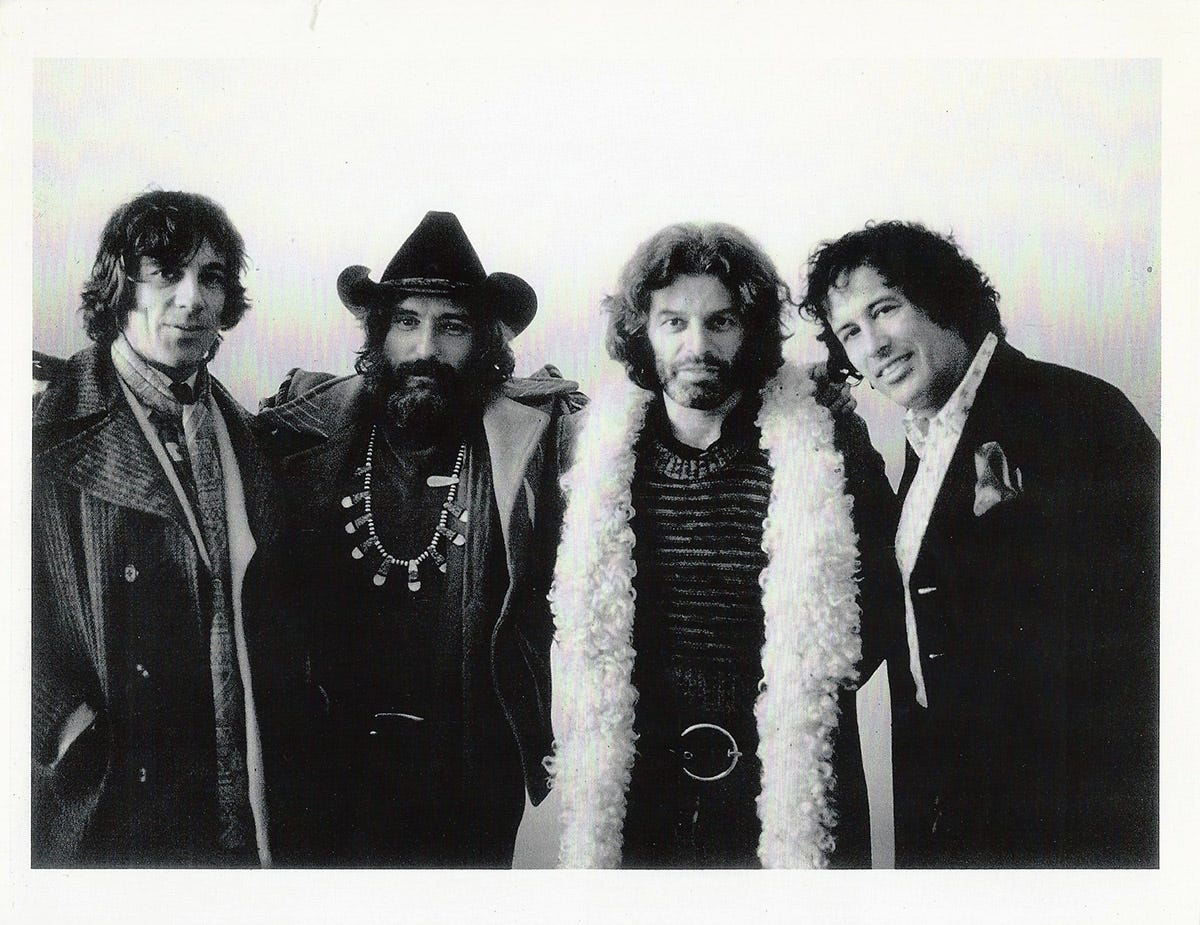
I just stumbled upon this and the quality of the writing is sublime.
elemental writing ....